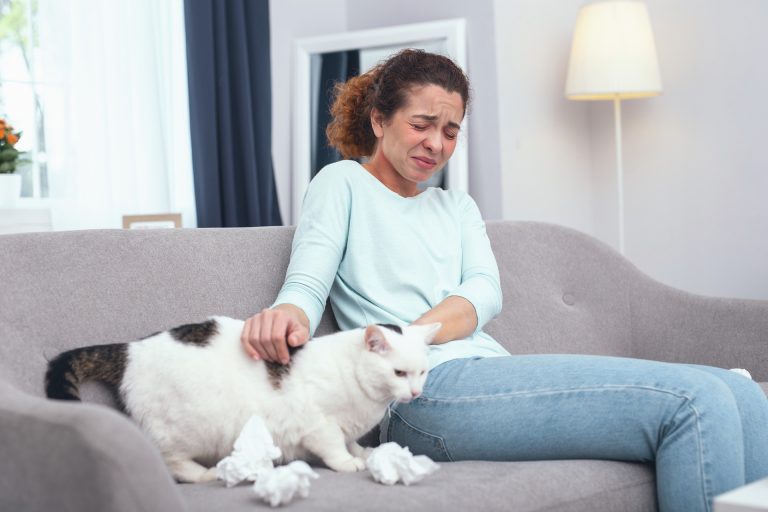Creating a Stress-Free Environment for Your Anxious Pet
Just like humans, pets can experience anxiety and stress. Whether it’s due to loud noises, changes in routine, or past traumas, anxiety can significantly impact your furry friend’s well-being. As a loving pet owner, there are several steps you can take to create a stress-free environment for your anxious pet. In this article, we’ll explore practical strategies to help your pet feel safe and comfortable.

1. Identify the Triggers
The first step in managing your pet’s anxiety is to identify the triggers. What situations or stimuli cause your pet to become anxious? Common triggers include thunderstorms, fireworks, separation, new environments, or certain noises. Once you know the triggers, you can take specific steps to address them.
2. Create Safe Spaces
Designate a safe and quiet space in your home where your pet can retreat when they feel stressed. This area should be comfortable and free from loud noises or disruptions. Consider adding soft bedding, toys, and their favorite blanket to make the space inviting.
3. Use Calming Products
There are various calming products available for pets, including pheromone diffusers, anxiety wraps, and herbal supplements. Consult your veterinarian for recommendations on which products may be suitable for your pet’s specific needs.
4. Gradual Exposure
For pets with specific anxieties, such as fear of car rides or new people, gradual exposure can be helpful. Start with short, positive experiences and gradually increase the duration and complexity of the exposure. Reward your pet with treats and praise for calm behavior.
5. Maintain a Consistent Routine
Pets thrive on routine, and a consistent daily schedule can help reduce anxiety. Try to feed, walk, and play with your pet at the same times each day. Predictability can provide a sense of security for anxious pets.
6. Positive Reinforcement Training
Use positive reinforcement training techniques to reward your pet for calm behavior. This can help them associate positive experiences with situations that typically trigger anxiety.
7. Seek Professional Help
If your pet’s anxiety is severe or significantly impacting their quality of life, consult a professional animal behaviorist or veterinarian. They can provide tailored strategies and, in some cases, prescribe medications to manage anxiety.
8. Provide Distractions
Offer distractions for your pet during stressful situations. Interactive toys, puzzle feeders, or soothing music can divert their attention and provide comfort.
9. Be Patient and Understanding
Remember that managing pet anxiety takes time and patience. Be understanding of your pet’s needs and try to remain calm and reassuring during anxious moments.
Conclusion
A stress-free environment is essential for your pet’s overall well-being. By identifying triggers, creating safe spaces, using calming products, maintaining a consistent routine, and seeking professional help when needed, you can help your anxious pet lead a happier and more relaxed life.
Remember that every pet is unique, and what works for one may not work for another. Be attentive to your pet’s behavior and needs, and adjust your approach accordingly. With your love and support, you can make a significant difference in helping your anxious pet feel safe and secure.






